The primary criterion for labeling a fighter jet as stealth is its low Radar Cross Section (RCS). The jet's geometry is specifically crafted to avoid 90-degree angles, aiming to minimize RCS.Could you please be kind enough to educate us what are those criteria, so other countries who have mistaken can promptly follow india's lead?
You are very generous. It is a known fact that in 40+ years number of Tejas we could detect matches the number of years it has been in development. It is clear to everyone that Tejas can not be seen unless it wants to be seen. So it can not have radar cross section at all. It is not an stealth fighter, but an invisible fighter which should be classified as 15.77+ generation.
You are using an out of date browser. It may not display this or other websites correctly.
You should upgrade or use an alternative browser.
You should upgrade or use an alternative browser.
Indian Military News, Reports, Data, etc.
- Thread starter bd popeye
- Start date
Erm, but that's exactly what they did?If the external hardpoints were to compromise the aerodynamic performance of a 4th generation fighter jet, fighter jet manufacturers would attempt to incorporate an internal weapons bay in these jets. However, this is not the case, as both external hardpoints and the weapons themselves are also shaped aerodynamically.
Which 4th generation fighter jet has internal weapons bay ?Erm, but that's exactly what they did?
Which 4th generation fighter jet has internal weapons bay ?
Well, according to the Indian Chief of Air Force ... there are 4th gen fighter jets with internal weapons bay.
I wonder why the Tejas missed this trick.
Unless ... the Tejas is 5th gen and internal bays really do SFA which means the F-22 and F-35 are barking up the wrong tree?
Damn, my head hurts trying to deal with the convolutions ...
4th generation fighters were designed before. It's impossible to add it to them.Which 4th generation fighter jet has internal weapons bay ?
But fighters designed after - 5th gen - were designed with an internal weapons bay.
PiSigma
"the engineer"
The J20Which 4th generation fighter jet has internal weapons bay ?
The 5th generation jet design philosophy prioritizes maximum stealth, evident in features like internal weapons bays and stealth geometry, albeit at the expense of some aerodynamic compromises. In contrast, 4th generation jets were designed for increased payload and maneuverability. However, even modern 4th generation fighters, such as Tejas, Rafales, and Eurofighter Typhoon, incorporate some stealth characteristics, like wing blending with the fuselage.4th generation fighters were designed before. It's impossible to add it to them.
But fighters designed after - 5th gen - were designed with an internal weapons bay.
Examine these images of Tejas where the wings seamlessly integrate with the fuselage. In contrast, when you observe older 4th generation fighter jets like the F-16, you can see that the wings are distinct and separate from the fuselage.
TEJAS
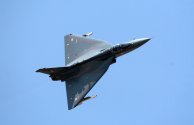
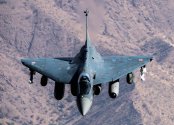
F16
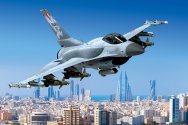
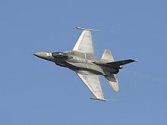
Internal weapon bays are just as important for aerodynamics(like supercruise) - fighter bays didn't appear on 5th generation, they were a thing before.The 5th generation jet design philosophy prioritizes maximum stealth, evident in features like internal weapons bays and stealth geometry, albeit at the expense of some aerodynamic compromises.
Aerodynamic compromise here is a fuller form(more volume, at the expense of fuel), which may or may not be very bulky, depending on the way it's done. It's mostly an efficiency problem, and is mostly solvable(can be compensated) simply through a better engine.
While 4th generation jets were indeed made for maneuverability (it's a broad term, there are so much to it - hornet isn't exactly a king of supersonic maneuvering, for example) - first of all, "true" 4th gens (not 4.5) were made before aerodynamic studies of 1980s (basically taking full use of computer design and flight control) could be applied.In contrast, 4th generation jets were designed for increased payload and maneuverability.
And many of those were done later and were done by nations without sufficient experience for it.
The main aerodynamic (from maneuverability pow) sacrifice of stealth is a relative demise of delta canard(which is the most straightforward way to get maximum out of an unstable fbw aircraft), but it never meant that canard aircraft are the only way to do so.
?Examine these images of Tejas where the wings seamlessly integrate with the fuselage.
Your photos show that Tejas is a high-wing aircraft.
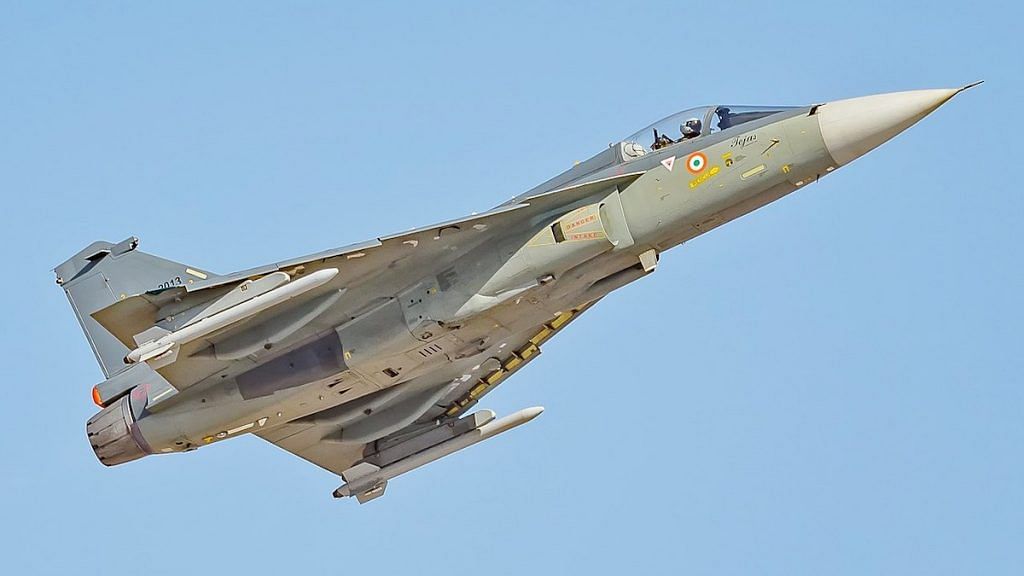
Last edited:
